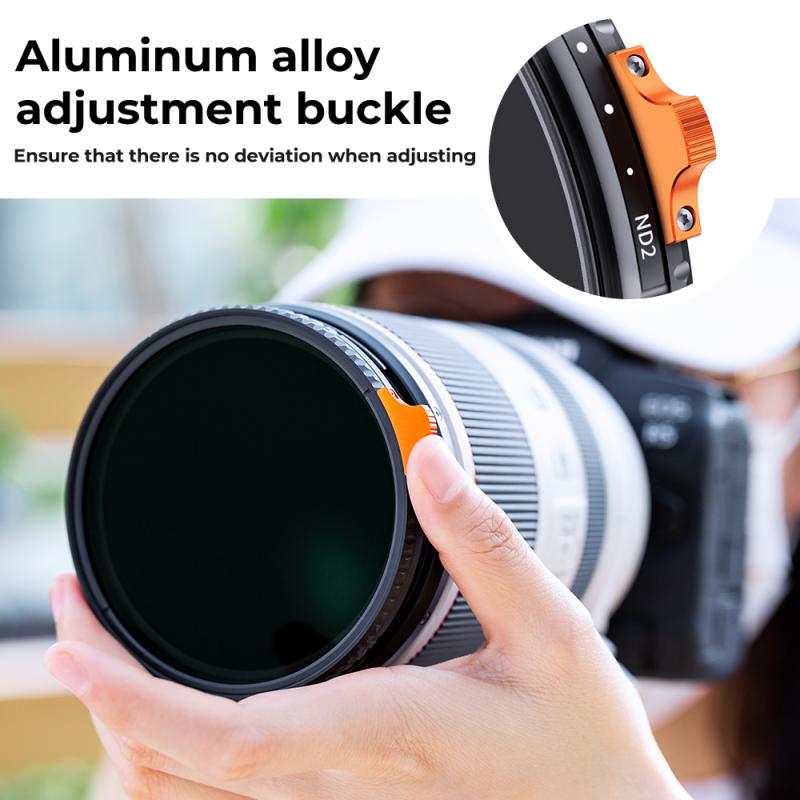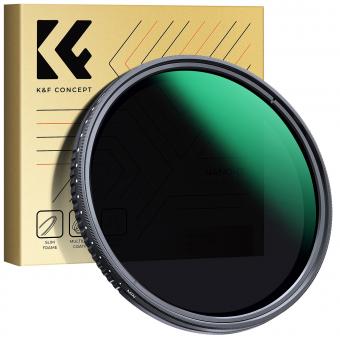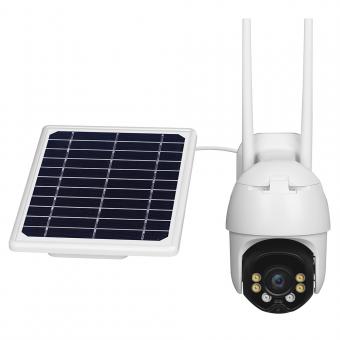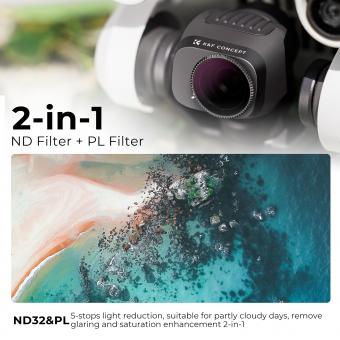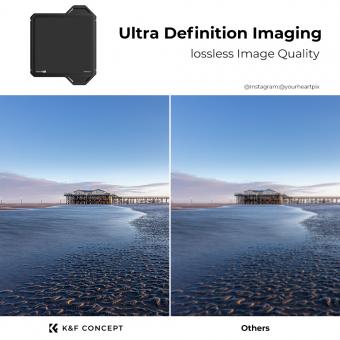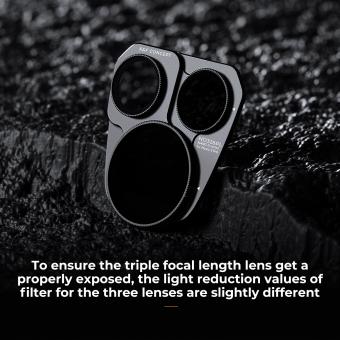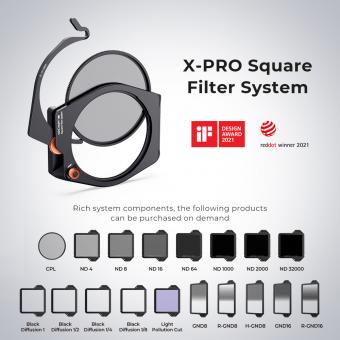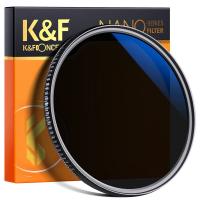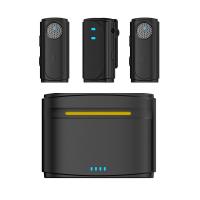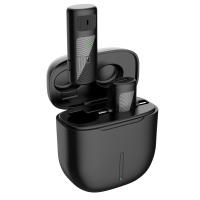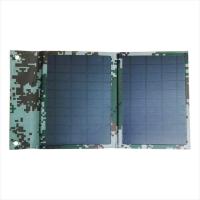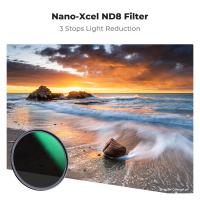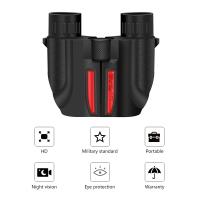Nd400 How Many Stops ?
The ND400 filter typically reduces the amount of light entering the camera by 9 stops.
1、 Definition and Purpose of ND400 Filters
The ND400 filter, also known as a 9-stop neutral density filter, is a popular tool among photographers and videographers. It is designed to reduce the amount of light entering the camera lens, allowing for longer exposure times or wider apertures in bright conditions.
The purpose of the ND400 filter is to achieve creative effects in photography and videography. By reducing the amount of light, it enables the photographer to capture motion blur in bright daylight, create silky smooth waterfalls, or achieve shallow depth of field in bright conditions. It is particularly useful in landscape photography, where it allows for longer exposures to capture movement in clouds or water.
The ND400 filter is made up of darkened glass or resin, which blocks a significant amount of light from reaching the camera sensor. It is rated at 9 stops, meaning it reduces the amount of light entering the lens by a factor of 512 (2^9). This allows for significantly longer exposure times, such as several seconds or even minutes, depending on the lighting conditions.
In recent years, there has been a growing trend towards using higher density filters, such as the ND1000 or even ND2000, which offer even greater light reduction. These filters are particularly useful for long exposure photography, where extremely long shutter speeds are desired to capture smooth, ethereal effects.
In conclusion, the ND400 filter is a valuable tool for photographers and videographers looking to achieve creative effects in bright conditions. Its 9-stop light reduction allows for longer exposures and wider apertures, enabling the capture of stunning images in various scenarios. However, it is worth noting that higher density filters are becoming increasingly popular, offering even greater light reduction for those seeking more extreme long exposure effects.
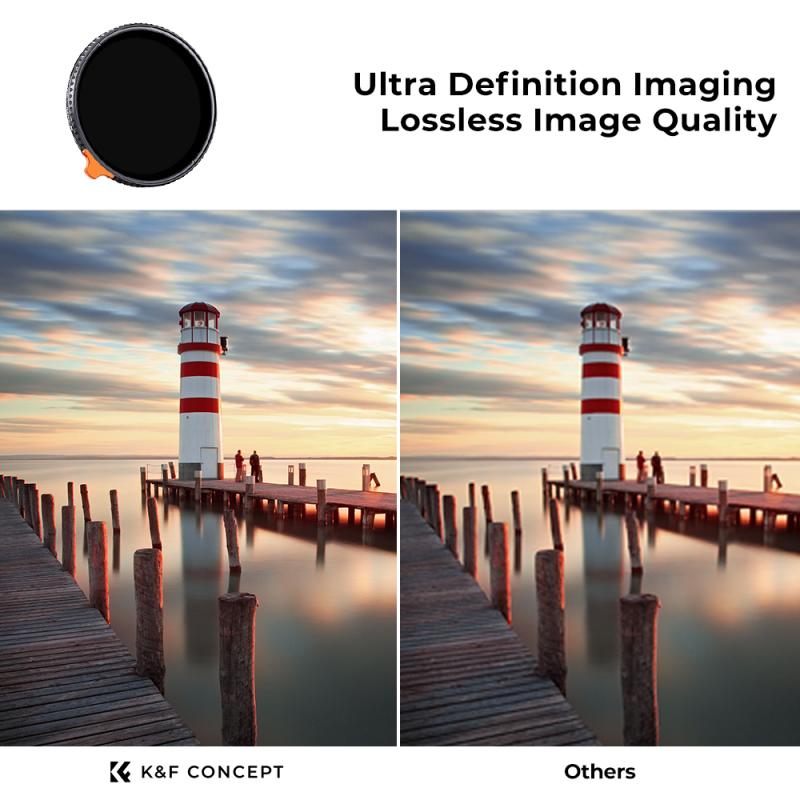
2、 Stops and Light Reduction of ND400 Filters
The ND400 filter is a popular choice among photographers and videographers for its ability to reduce the amount of light entering the camera. This filter is known for its high light reduction capabilities, but how many stops does it actually provide?
The ND400 filter is designed to reduce the amount of light entering the camera by 9 stops. This means that it allows only 1/512th of the original light to pass through the lens. This significant reduction in light is useful in various situations, such as when shooting in bright daylight conditions or when trying to achieve long exposure effects.
It is important to note that the number of stops a filter provides is not always an exact science. Different manufacturers may have slight variations in their ND400 filters, resulting in slightly different light reduction capabilities. Additionally, the effectiveness of the filter can also be influenced by factors such as the quality of the lens and the camera's sensor.
In recent years, there has been a growing trend towards using higher density filters, such as the ND1000 or even the ND2000, which provide even greater light reduction. These filters are particularly useful for long exposure photography, where the goal is to capture motion blur or create surreal effects.
In conclusion, the ND400 filter provides approximately 9 stops of light reduction, making it a valuable tool for photographers and videographers. However, it is always recommended to test the filter in different lighting conditions and adjust exposure settings accordingly to achieve the desired results.
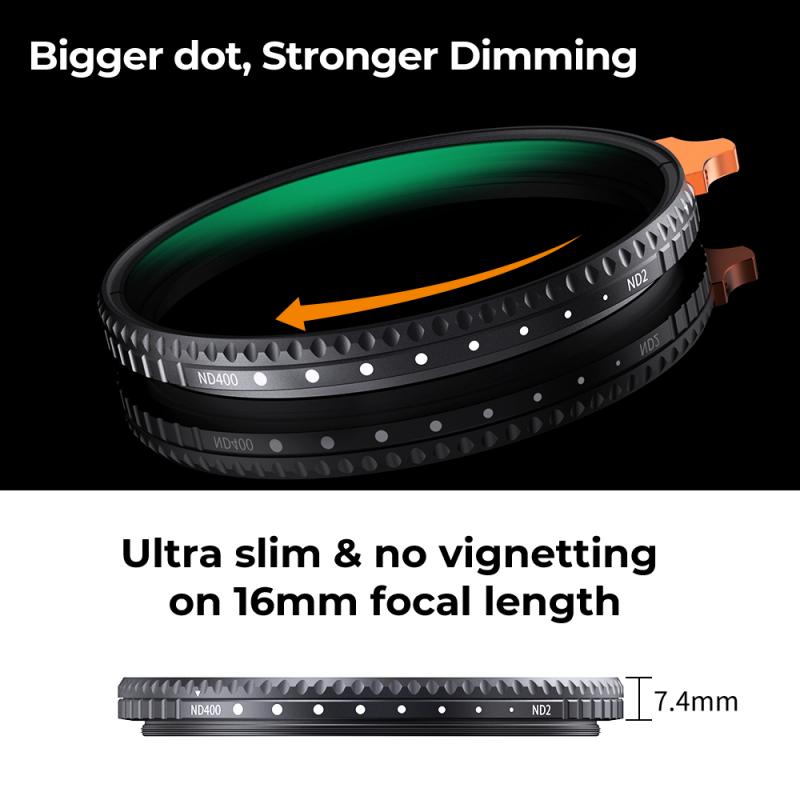
3、 Impact on Exposure Settings with ND400 Filters
The ND400 filter is a popular choice among photographers for its ability to significantly reduce the amount of light entering the camera. This filter is known for its high density, which allows for long exposure times even in bright conditions. When using an ND400 filter, it is important to understand its impact on exposure settings.
The ND400 filter is equivalent to a 9-stop reduction in light, meaning it blocks out 99.9% of the incoming light. This allows photographers to achieve longer exposure times, resulting in smooth and silky waterfalls, streaking clouds, and other creative effects. With the ND400 filter, photographers can capture scenes that would otherwise be impossible to achieve without overexposing the image.
To compensate for the reduced light, photographers need to adjust their exposure settings accordingly. The most common adjustment is to increase the shutter speed. For example, if a scene requires a shutter speed of 1/125th of a second without the filter, with the ND400 filter, the shutter speed would need to be increased to 8 seconds to achieve the same exposure.
It is important to note that using an ND400 filter can also affect other exposure settings. For instance, with a longer exposure time, the aperture may need to be adjusted to maintain the desired depth of field. Additionally, the use of an ND400 filter may require the use of a tripod to prevent camera shake during the longer exposure times.
In conclusion, the ND400 filter is a powerful tool for photographers looking to create long exposure images in bright conditions. Understanding its impact on exposure settings is crucial for achieving the desired results. By adjusting the shutter speed and potentially other settings, photographers can make the most of the ND400 filter and capture stunning images.
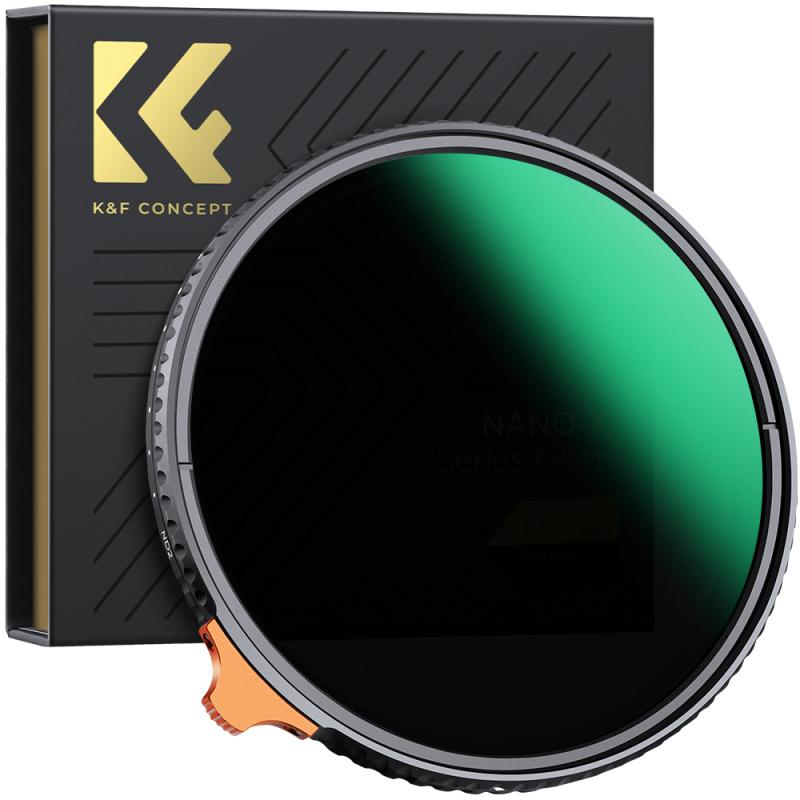
4、 Practical Applications and Benefits of ND400 Filters
The ND400 filter is a popular tool among photographers and videographers due to its ability to significantly reduce the amount of light entering the camera lens. This filter is known for its ability to block out 9 stops of light, allowing for longer exposure times and creative control over the final image.
One of the practical applications of the ND400 filter is in landscape photography. By using this filter, photographers can achieve longer exposure times, which can result in smooth and silky waterfalls, rivers, and oceans. It also allows for the capture of cloud movement, creating a sense of motion and drama in the image. Additionally, the ND400 filter can be used to blur out moving objects in a crowded scene, such as people or cars, creating a sense of tranquility and isolation.
Another benefit of the ND400 filter is its ability to control the depth of field in bright conditions. By reducing the amount of light entering the lens, photographers can use wider apertures to achieve a shallow depth of field, even in bright sunlight. This is particularly useful in portrait photography, where a blurred background can help to isolate the subject and create a more visually appealing image.
In recent years, the ND400 filter has also gained popularity in the world of videography. Filmmakers use this filter to achieve a cinematic look by allowing for slower shutter speeds, resulting in smooth and natural motion blur. It is particularly useful in outdoor shooting scenarios where the lighting conditions are bright and require the use of a wide aperture.
In conclusion, the ND400 filter offers practical applications and benefits in various genres of photography and videography. Its ability to block out 9 stops of light allows for longer exposure times, creative control over depth of field, and the capture of motion in a visually appealing way. As technology advances, new perspectives and applications for the ND400 filter may continue to emerge, making it an essential tool for photographers and videographers alike.
